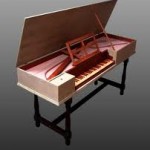In 1877 A. Geyer Piano Company began in Eisenberg, Thuringia Germany. At that point in piano history Eisenberg was an important area for building pianos. At that time they also made pianos for other companies as well.
The New A. Geyer Piano Company
While strict attention to detail is still a major point of what they do, the company has changed a bit. The new company is headquartered in Wiesbaden, Germany. Christoph Schulz is a fifth-generation piano builder. His partner is Frederik Steffes who is the former owner of Wilh Steinberg factory. Rounding out the trio is Colin Taylor, formerly with Bosendorfer and former partner of Joseph Brodmann Group.
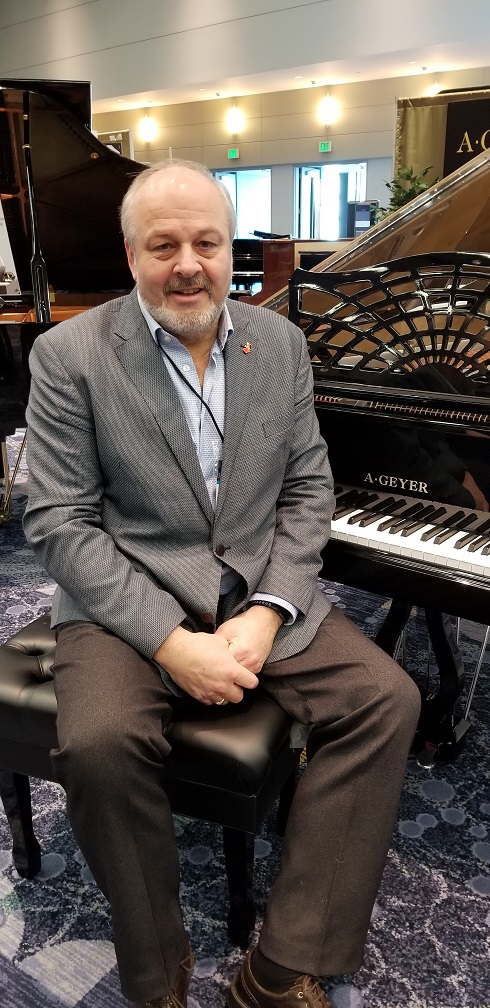
The actual manufacturing of the piano located in an area just outside of Shanghai (another major area for piano building). Additionally, the piano is still designed by the German engineers. As a result, The founding trio says that they believe the German techniques and Chinese resources have led them to a superior product for a lower price.

A. Geyer piano has three uprights and five grands in their lineup. As a result, several parts of the piano are made in China, many of the musical parts of the piano are made in in Europe. German Wurzen felt is used for the upright hammers, and Abel hammers for the grands. All pianos have a solid-spruce-core veneered soundboard and Japanese Suzuki strings. Additionally, the actions are designed by Germany and assembled in China. All pianos are carefully examined by European craftsmen before shipment.
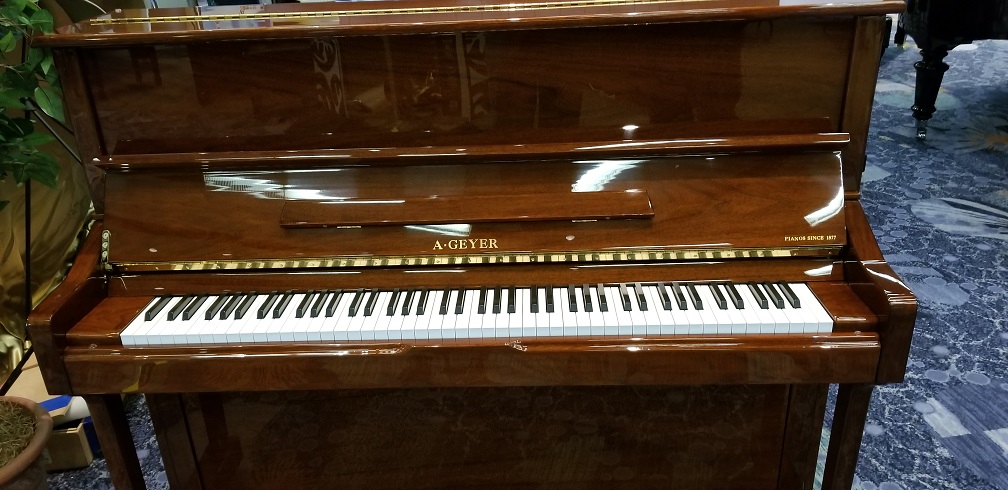
How Can I Find The A. Geyer Piano
In the United States, Piano Marketing Group is the exclusive distributors to piano dealers across the country. You can contact Piano Marketing Group by responding to this blog post OR email Scott Schebeck, the National Sales Manager at shebez03@yahoo.com


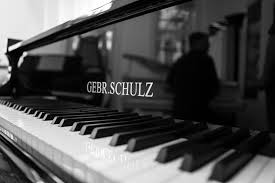
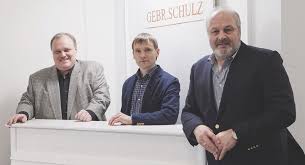
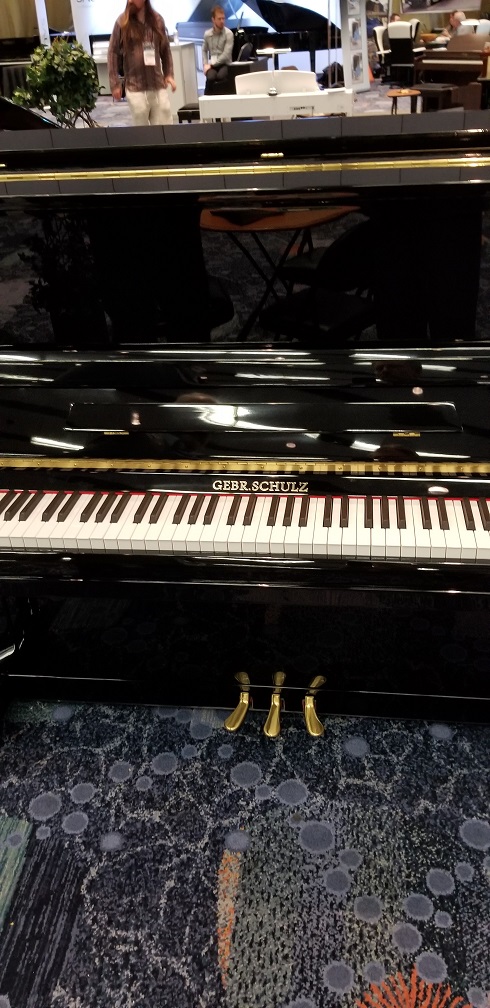
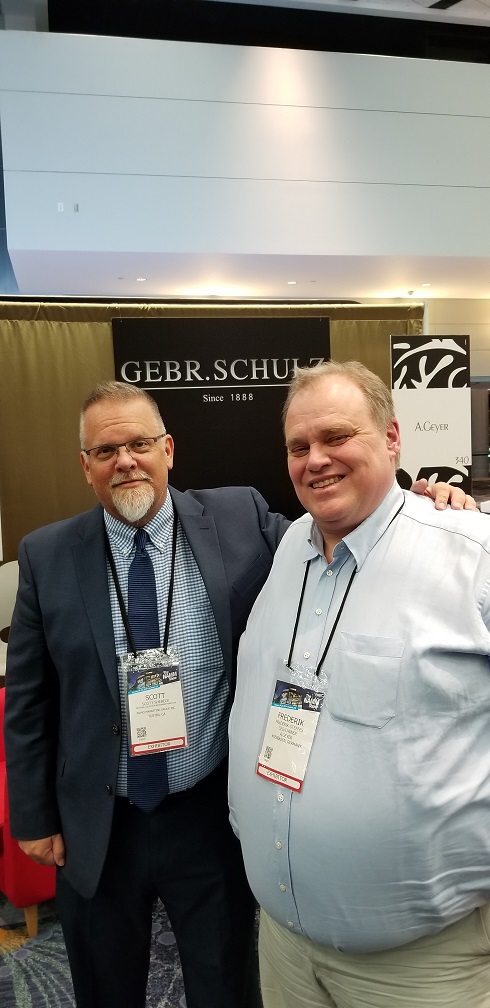

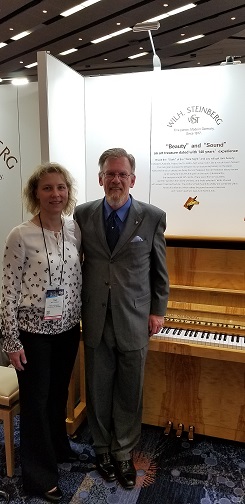
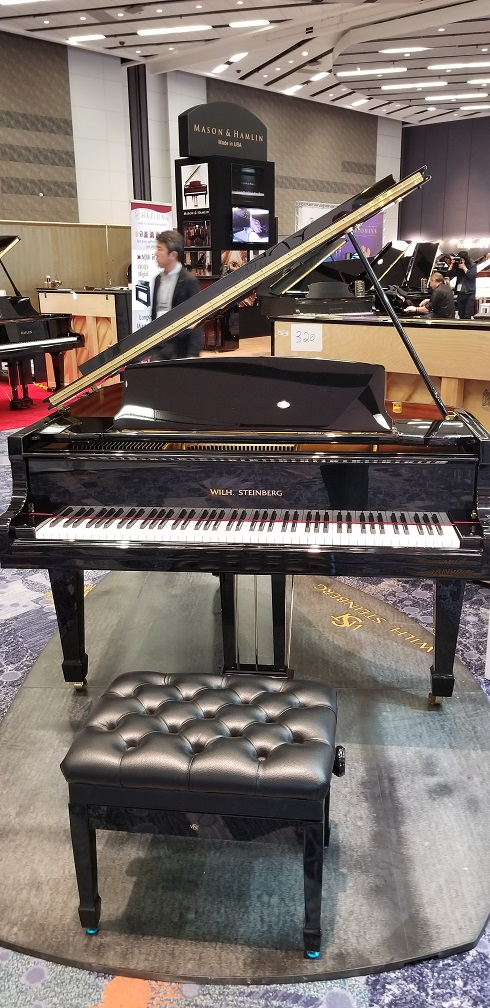
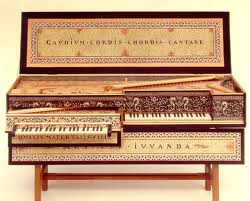
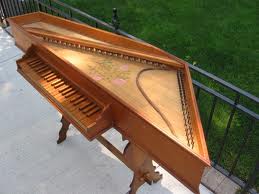
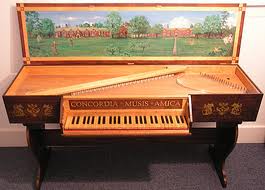 Art in a Virginal
Art in a Virginal

